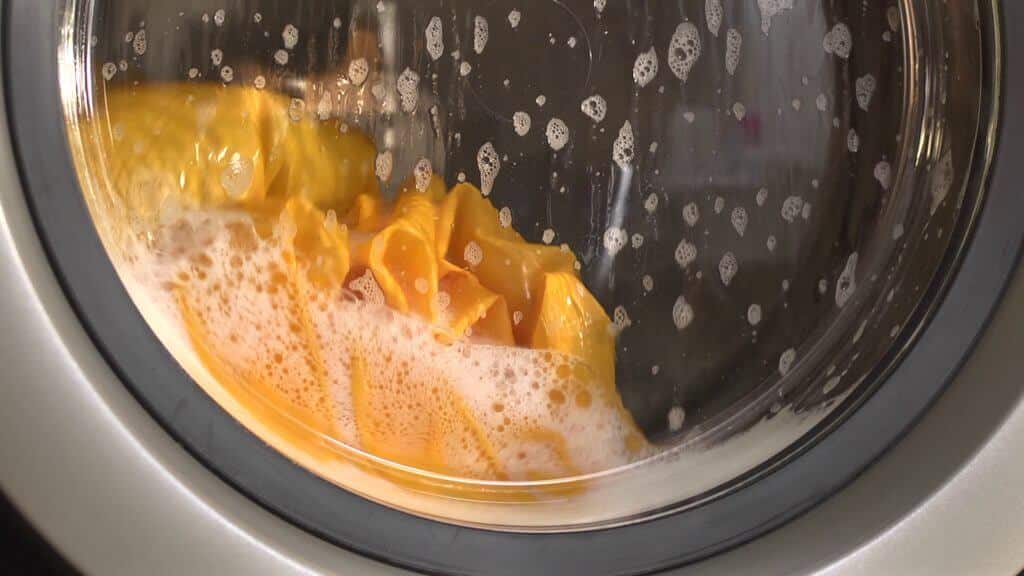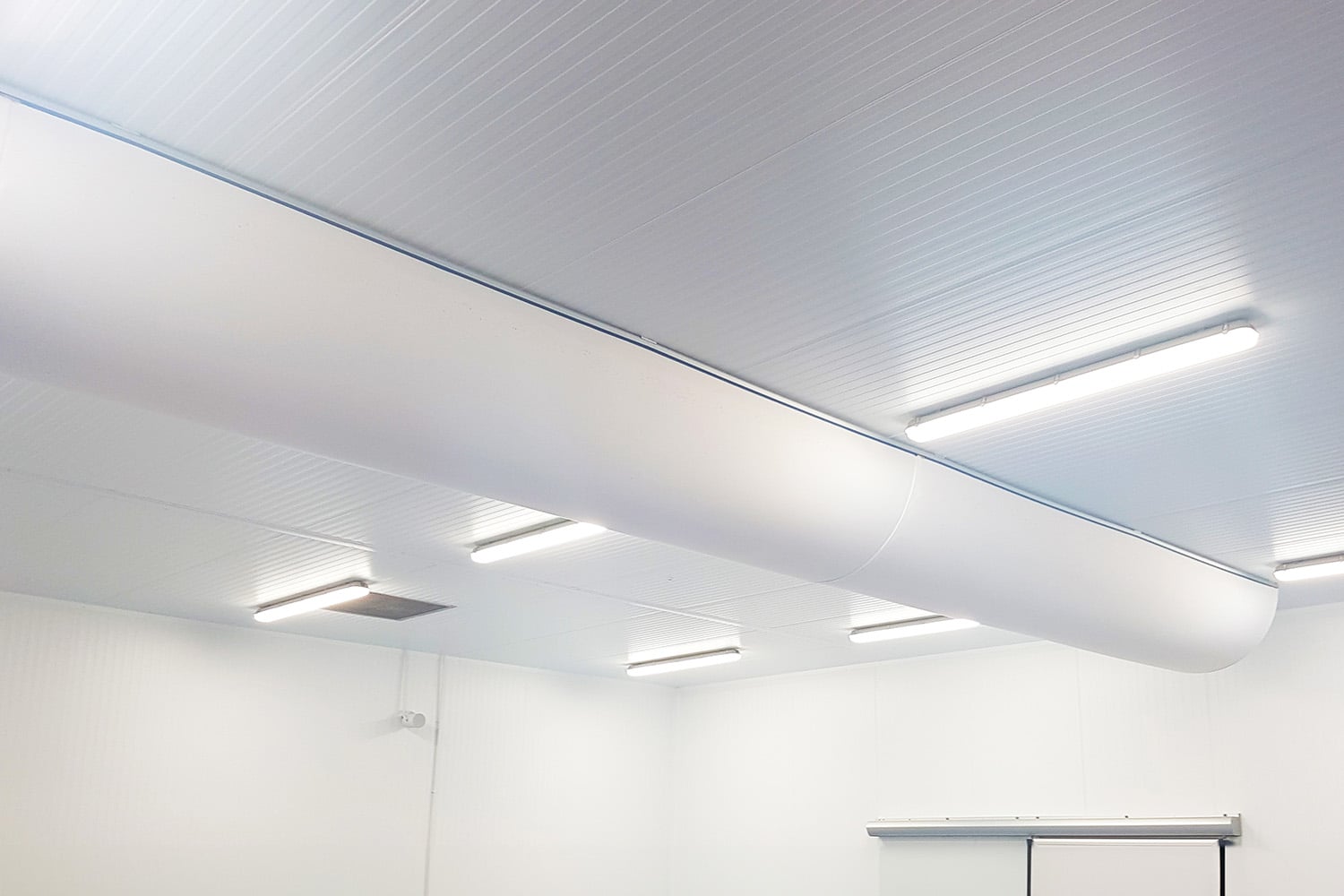How Are Fabric Ducts Cleaned?


Indoor air quality is very important and increasingly so for employers, who have a duty of care for their employees. But to maintain air quality, all the ventilation system’s components must be clean, especially in applications with increased hygiene requirements such as food factories.
It’s fair to say that most traditional solid duct systems rarely get cleaned, if ever. Since most ventilation systems do not include air filtering, the air can contain dust, dirt and debris which can accumulate on the ductwork and worsen any allergy symptoms the building’s occupants might suffer from. Without filtering, it’s also likely that any microperforations will eventually block from the dust, requiring washing to unblock them and restore the design performance of the air socks. Even with filtering, ducts and diffusers eventually need cleaning to ensure they operate at peak performance and that good air quality is maintained.
Common obstacles to ventilation duct cleaning
Access and cost are major obstacles to regular cleaning in the majority of applications.
Ductwork is often installed at high level or above production lines and other equipment, which can make it more difficult to access the ducting to take it down for cleaning. In factories, a shutdown is often required to gain access to the ductwork, which is not always easy to schedule where manufacturing operations are expected to be running 24h a day 7 days a week. Production stoppages have an associated cost in terms of reduced service or output, so any decrease in downtime is an advantage when it comes to the duct cleaning process.
Prihoda textile ventilation is designed to be easily removed and cleaned. The duct unzips into sections about 5 metres long, and then simply slides out of the suspension rail, greatly minimising any downtime.
Machine-washable ventilation ducting
Our classic polyester fabric material makes it much more lightweight than an equivalent rigid steel duct, and therefore easier to handle at high level and transport. Since the washing is done off-site, there is also less risk of introducing moisture or contamination within the space itself.
Cleaning a Prihoda fabric duct is very simple – simply wash at 40°C in a commercial washing machine. For the food industry we also offer rotational washing contracts, which are the most convenient and easiest way to keep your fabric ducts perfectly sanitised and fresh at all times. We have a professional in-house laundry so that we can control the entire washing process, including the addition of anti-bacterial and anti-fungal washing treatment to ensure all ducts are meticulously clean when reinstalled.
Why use fabric ducting?
It makes sense to have as much accessible ducting in the space as possible to be made from fabric ducting. It will be a bespoke design and it is easily cleanable. It’s a lower cost to supply, install and maintain and has a long lifespan. It’s available in a range of colours and can be printed with any design, logo, pattern or colour to enhance or blend into the environment. The design and installation of a fabric system can have positive effects in terms of mood through design and colour, but also by ensuring a clean system provides clean air and thereby reduces allergies, sore eyes, coughs and other symptoms.
Contact us for more information or for an informal chat to see how fabric ducting can meet your requirements.
Looking for more information?
Our experts are on hand to answer any questions. Why not give us a call or drop us a message, We’ll work with you to find the right solution.
Contact us


